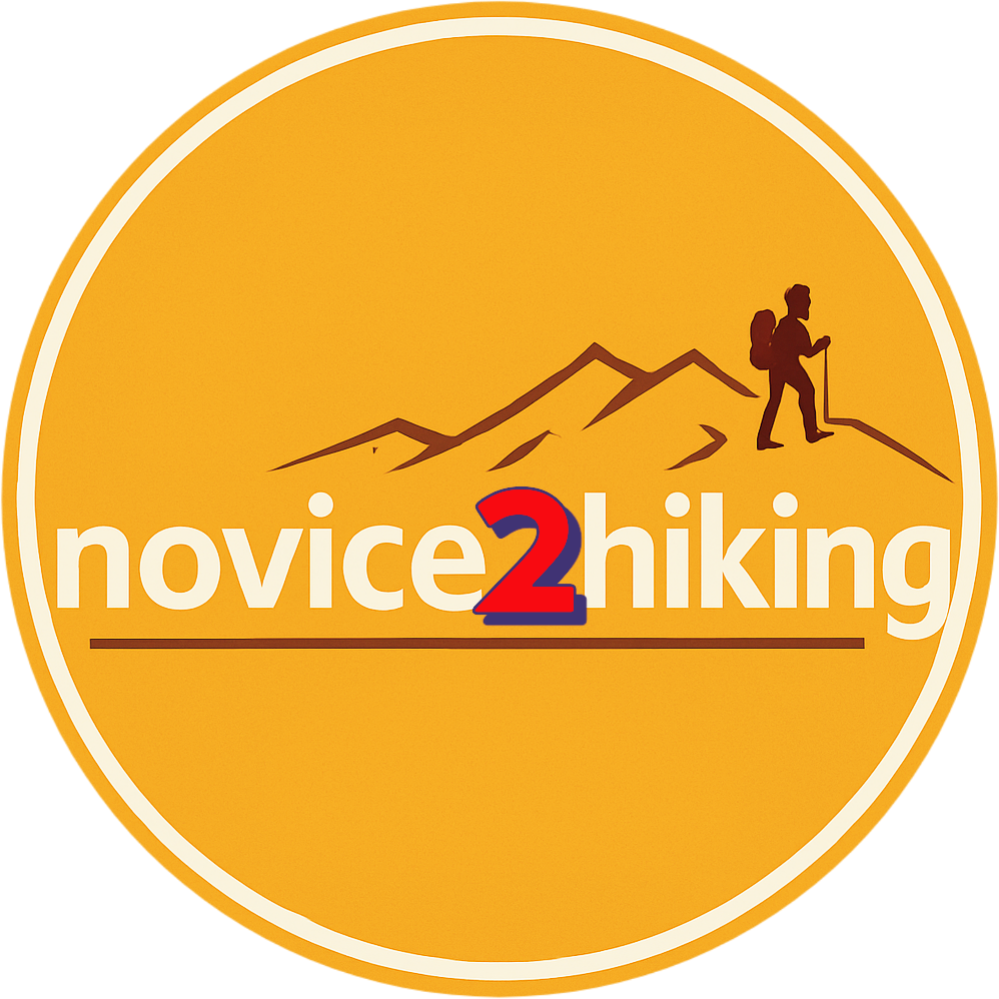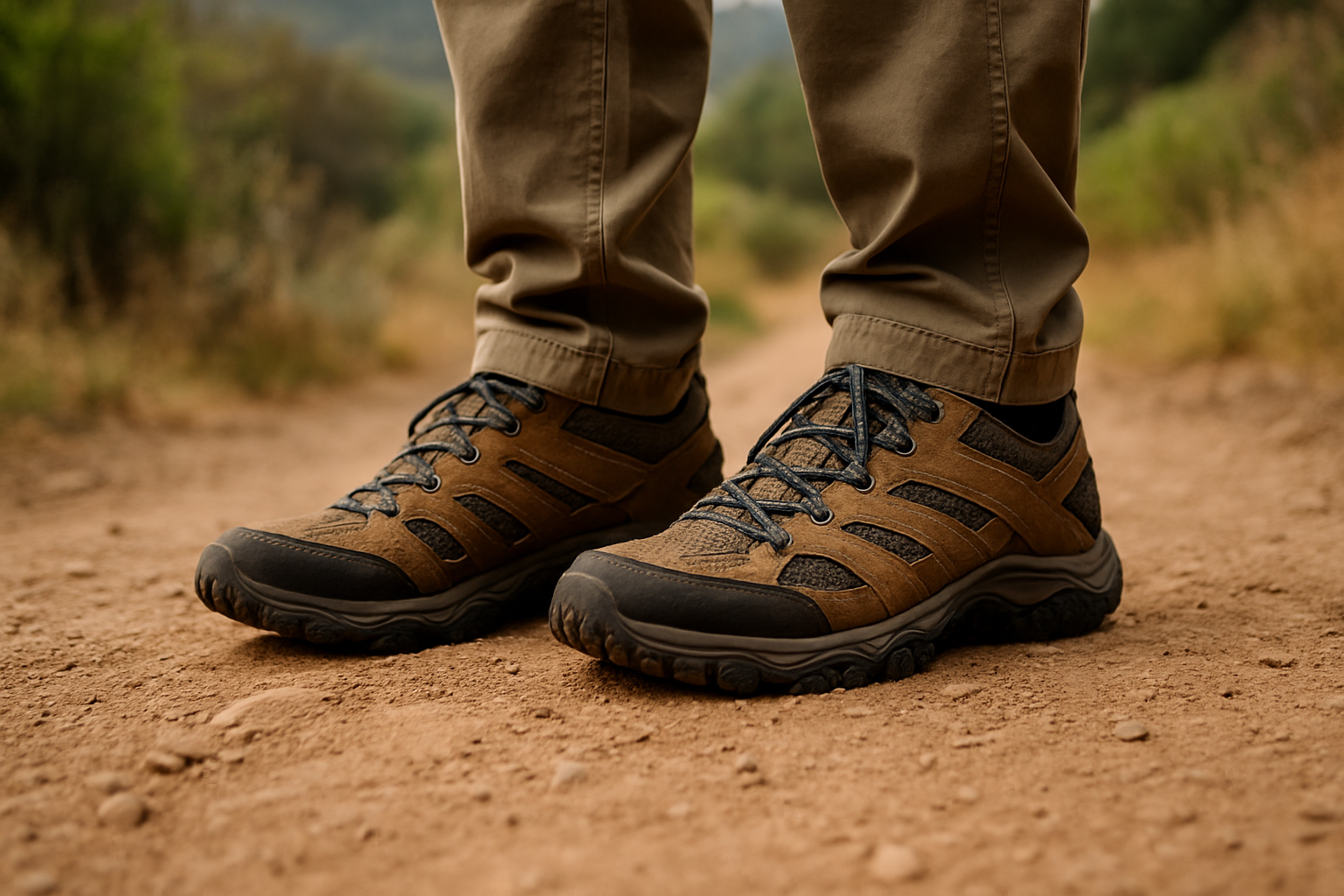If you are brand new to hiking, chances are you have questions about how to choose hiking shoes. Sneakers might feel fine for a stroll through the park, but once you step onto uneven ground, rocky trails, or anything with an incline, your footwear can make the difference between a great hike and a painful memory.
Let’s break it down. You do not need the most expensive boots in the store. You just need the right fit for your trail, your feet, and your comfort level..
Start With Where You Plan to Hike
Are you tackling smooth, well-marked trails at local parks or venturing onto rocky terrain in the mountains? For most beginners sticking to easier trails, trail running shoes or lightweight hiking shoes are often the best choice. They are flexible, breathable, and easier to break in than heavy boots. If you are headed into rugged or muddy conditions, mid-height hiking boots offer more ankle support and protection.
Understand the Three Main Types of Hiking Footwear
Trail Running Shoes are great for dry, packed trails with little elevation gain. They are light and comfortable but not ideal for carrying weight or handling rough terrain.
Low-Cut Hiking Shoes offer a good balance of support and comfort for beginner hikers. They are more durable than trail runners and work well for casual day hikes.
Mid or High-Cut Hiking Boots provide ankle support and better protection from water, rocks, and roots. These are best for longer hikes, heavier packs, or unstable ground.
Get the Fit Right or Regret It Later
Try on hiking shoes late in the day when your feet are naturally more swollen. Wear your hiking socks, not thin everyday ones. Look for a snug fit at the heel with room to wiggle your toes. Your toes should never touch the front of the shoe when walking downhill. If they do, go half a size up.
Walk around the store. Take your time. If it rubs or pinches now, it will only get worse on the trail. weight = happier hiking.
Socks Matter More Than You Think
Pair your new shoes with good-quality hiking socks. Merino wool or synthetic blends help keep your feet dry and blister-free. Avoid cotton. It traps moisture and can ruin your hike fast.
Break Them In Before You Head Out
Even comfortable hiking shoes need a little time to mold to your feet. Wear them on errands or short walks before your first real hike. A short break-in period reduces the risk of hot spots and blisters later.
The Bottom Line for Beginners
You do not need to overthink how to choose hiking shoes. Start with something light, supportive, and comfortable. Match your shoe choice to your trail conditions and the weight you plan to carry. Take the time to get the right fit and wear good socks.
Your feet carry you through every step of your hike. Take care of them, and they will take care of you


